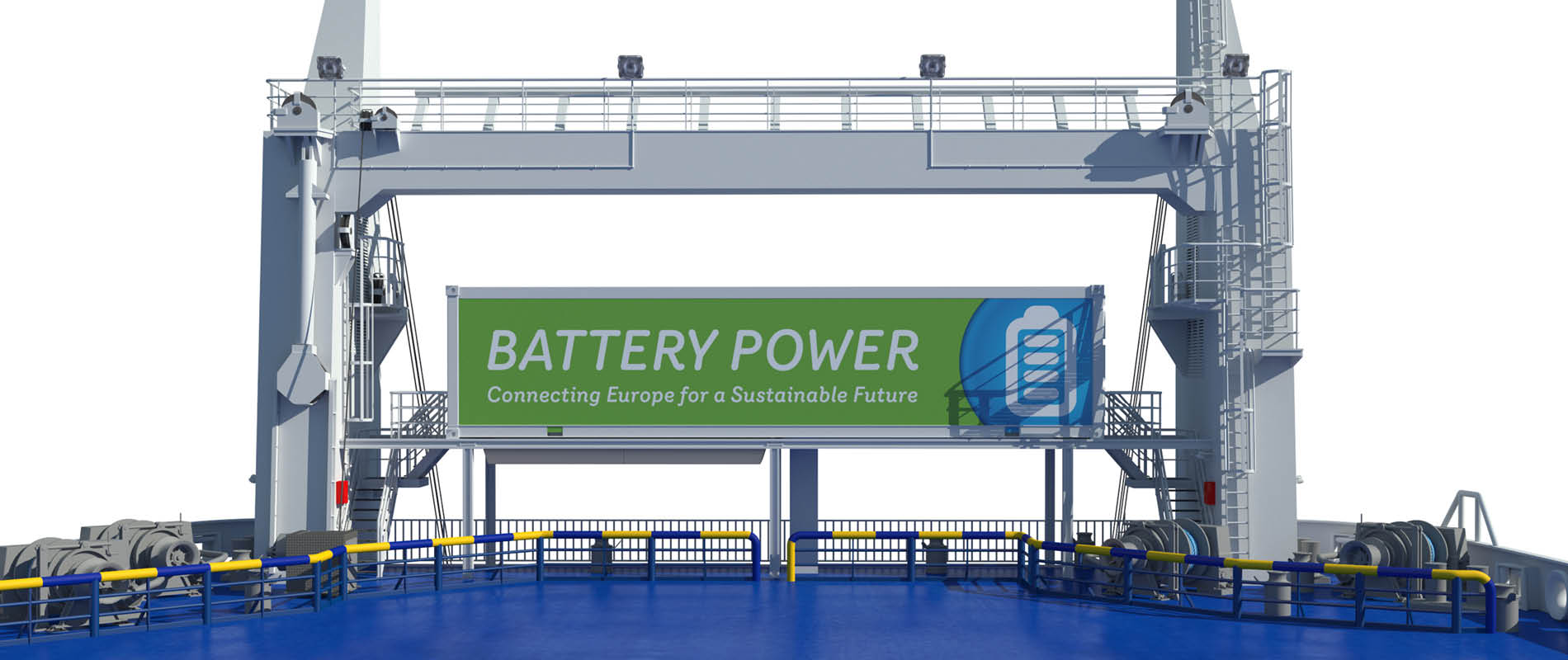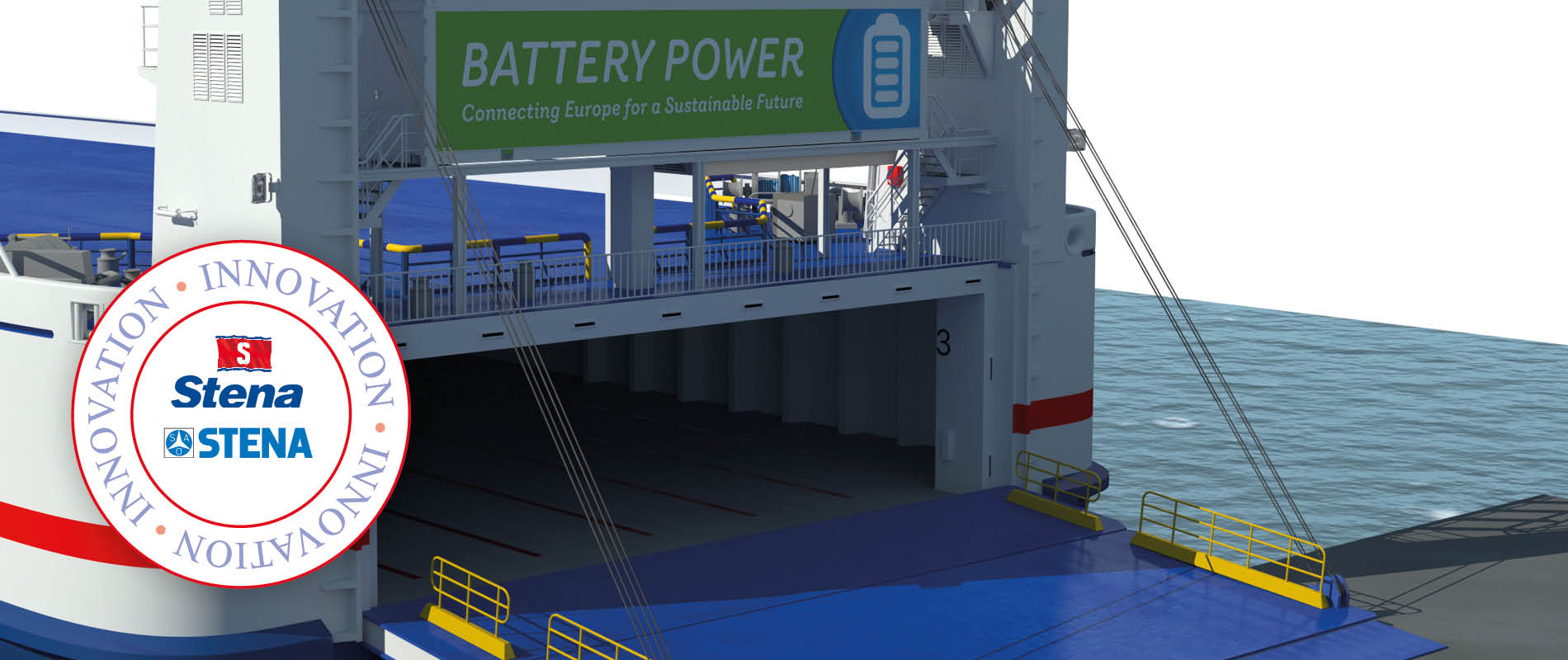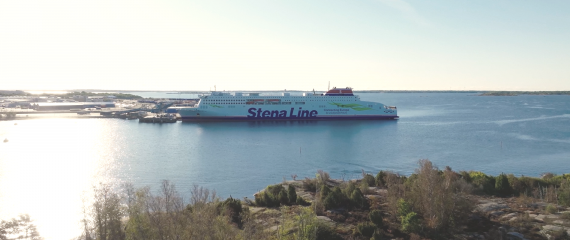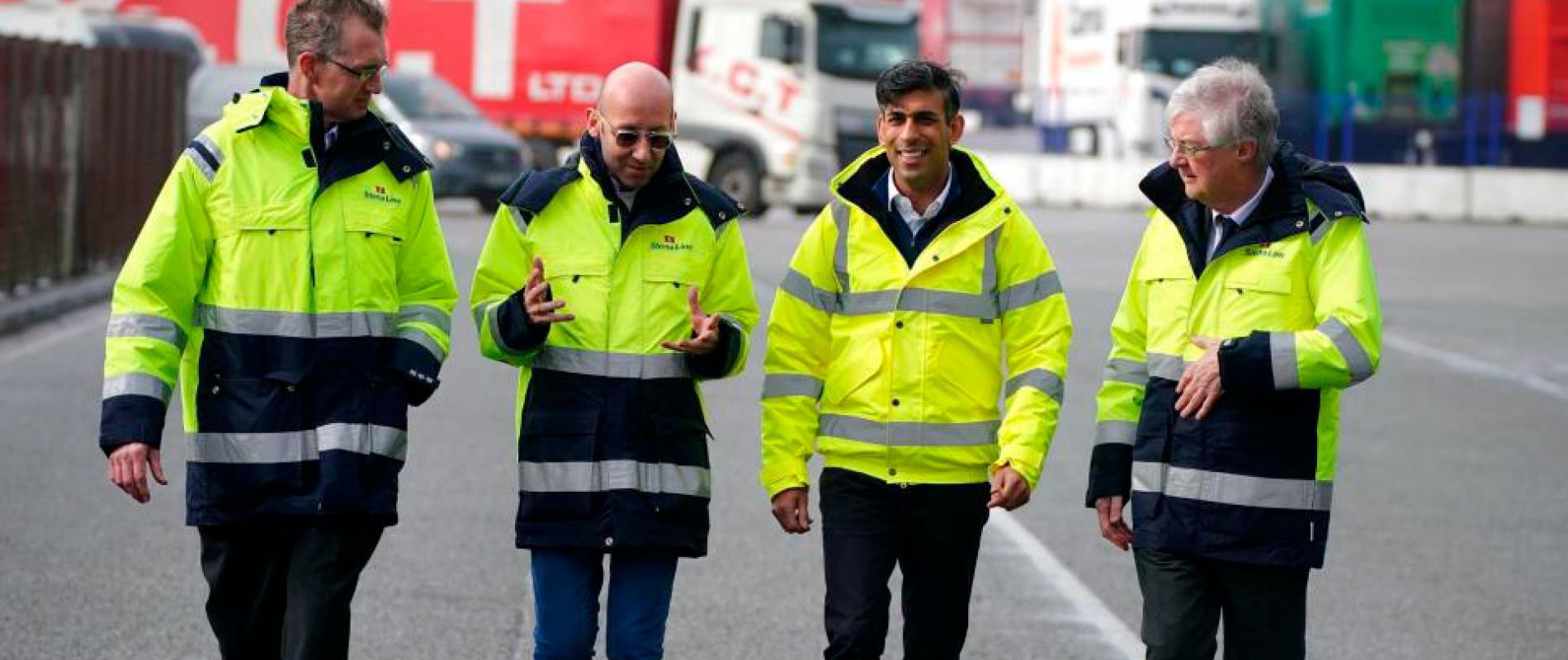Battery power is the next step in Stena Line's quest to try new environmentally friendly energy types for propulsion of vessels. Stena Line recently signed a contract with Callenberg Technology Group for batteries with a total capacity of 1 MWh which will be installed on Stena Jutlandica which operates between Göteborg and Frederikshavn. Before the summer, battery power when berthing in port will become a reality.
The battery project is an important part of Stena Line’s sustainability strategy. In the future our target with the ‘battery’ is to be able to navigate the vessel 50 nautical miles.
“Sustainability is very high on our agenda and we are constantly evaluating new ways to reduce our impact on the environment. From 2015, for example, methanol is part of the fuel mix on Stena Germanica, which operates between Göteborg and Kiel, and we also run around 300 different energy saving projects. As both the size and cost of batteries decrease, battery operation becomes a very exciting alternative to traditional fuels for shipping, as emissions to air can be completely eliminated”, says Stena Line’s CEO Niclas Mårtensson.
The battery project will commence now and will be completed step by step. In step one, it is about switching on battery power for bow thrusters and maneuvering when berthing in port. In step two, an extended battery operation is connected to the propellers, meaning that Stena Jutlandica can be operated on electricity within around 10 nautical miles, equal to the distance between Göteborg and Vinga Lighthouse.
In step three, battery capacity is further expanded and a vessel can operate about 50 nautical miles of electricity corresponding to the distance between Göteborg and Frederikshavn.
“The objective of accomplishing this in several steps is to test and gather knowledge about electrical operation along the way”, says Harry Robertsson, Technical Director Stena Teknik.
The technical solutions are being developed together with Stena Teknik, which cooperates with the academic world, authorities and various suppliers. The project has been received very positively, and the first phase is supported and financed by half by the Swedish Maritime Administration and the EU.
If the project is successful, battery operation may also be applicable to other vessels in the Stena Line fleet of 38 vessels.

FACTS
The technology tested is based on plug-in hybrid technology. The batteries are charged when the ship is connected to shore power, which is also an important focus area on clean energy, but can also be charged while operating the ship’s generators.
THE DIFFERENT STEPS OF THE PROJECT
| 1 | Battery power on bow thrusters and maneuvering when berthing in port |
| Optimises power usage during operation | |
| Battery capacity 1 MWh | |
| 2 | Battery operation in port and in the archipelago up to around 10 nautical miles |
| Battery capacity about 20 MWh | |
| 3 | Full battery power up to about 50 nautical miles |
| Battery capacity about 50 MWh |







